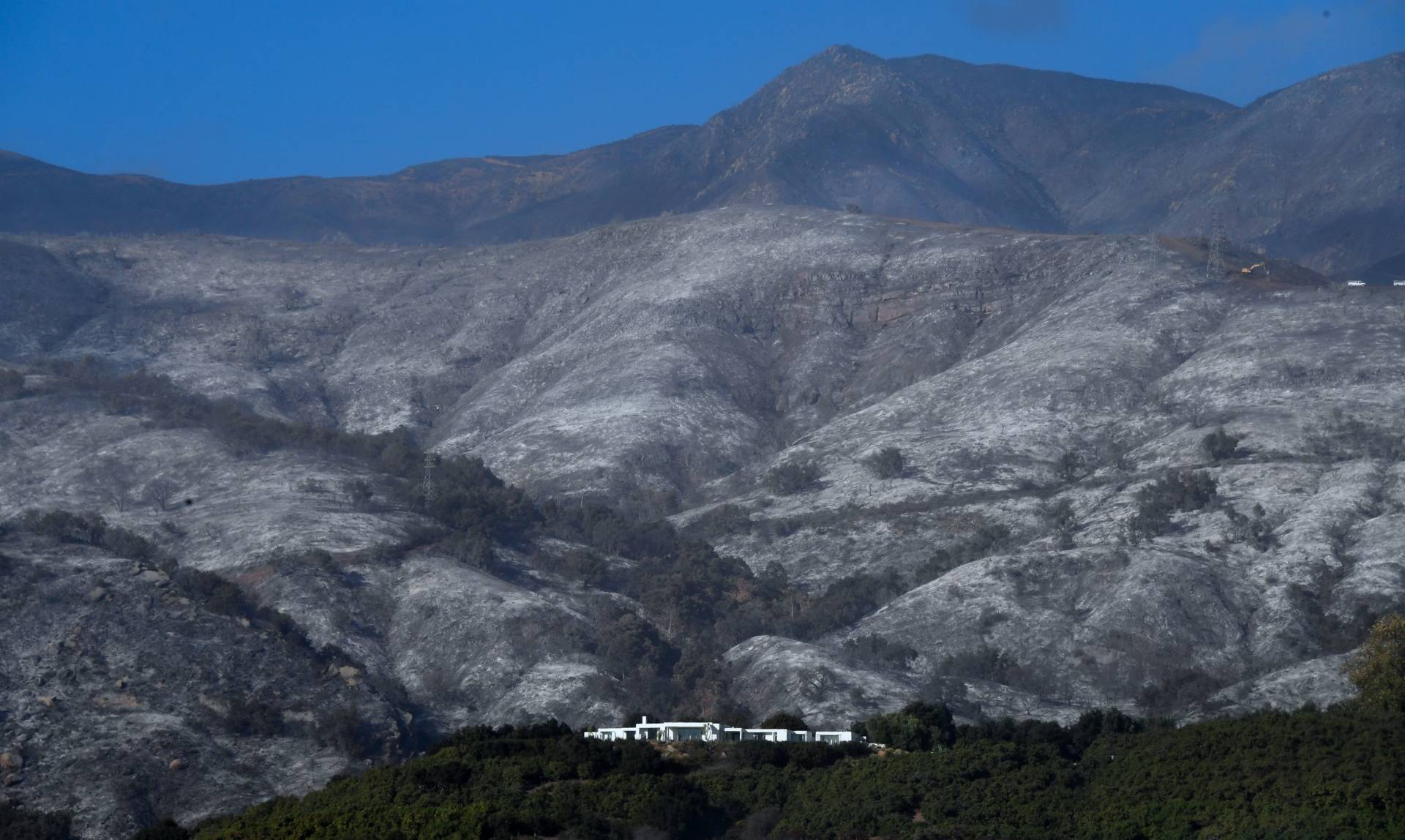British-born ecologist, educator, and filmmaker Chris Morgan is often described as "the bear guy.” For the past 25 years Morgan has traveled to every continent where bears live as a researcher, wildlife guide and educator. He founded Western Wildlife Outreach, an organization working to educate and engage rural communities in discussions about bears and the environment. Currently, Morgan is creating a feature-length documentary titled BEARTREK that highlights the urgent need for bear conservation around the world. We talked with Morgan about why he thinks bears are so important and how they can help preserve open spaces.
Why bears?
I am asked so often, ‘why bears?’ Bears are charismatic and appealing, cute as cubs and impressive as adults, strong and spiritual, and intelligent and motivated. All these qualities we, as humans, really respect in each other or in creatures. I think that bears offer the opportunity for so many big-picture solutions to some of the problems that our planet faces. Protecting bears gives us the chance to protect clean air, fresh water, and intact forests -- all the things we need as a species. I think they are just a great symbol for so many of those needs, and they inspire people in the right directions.
